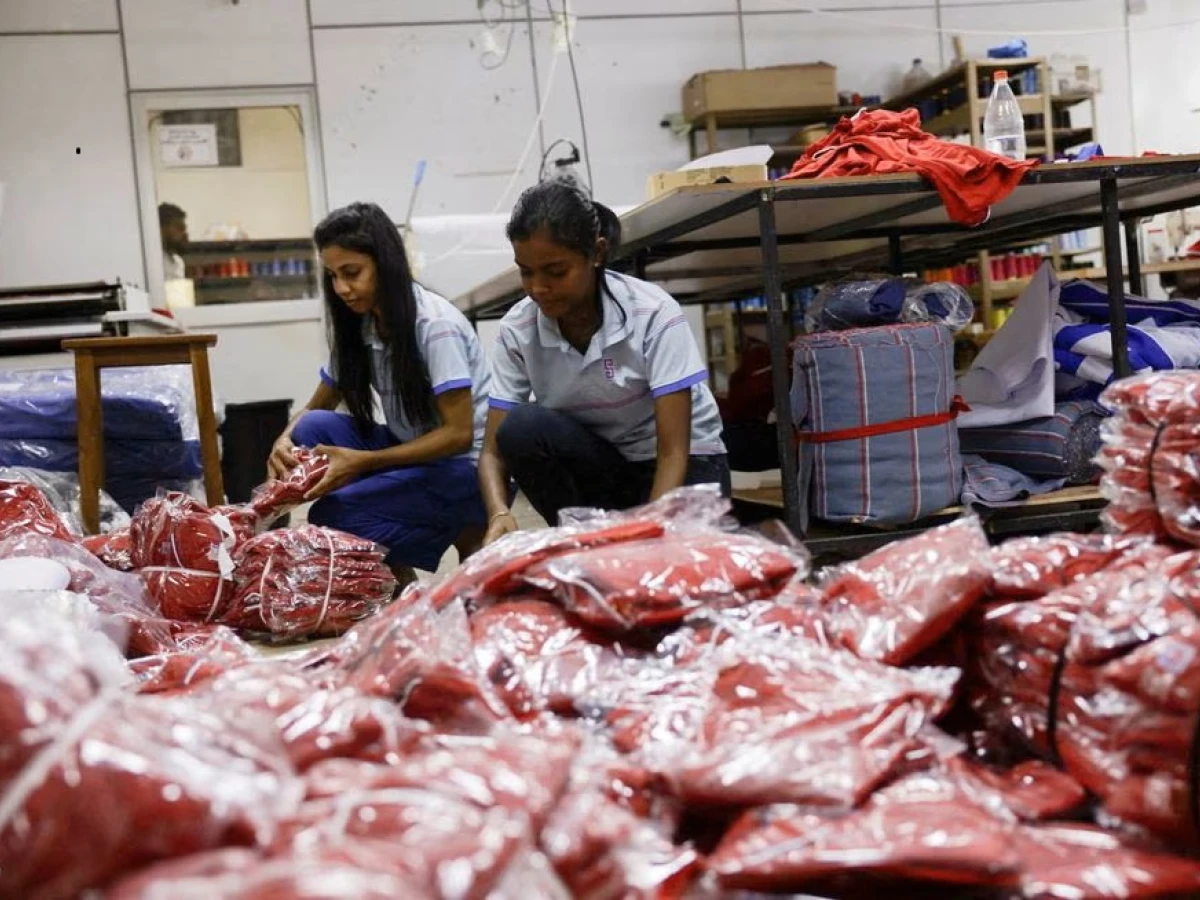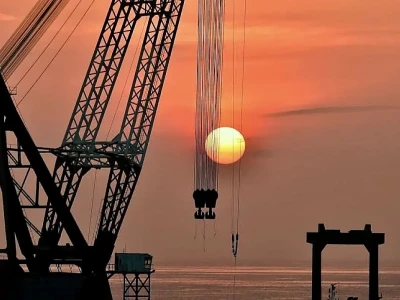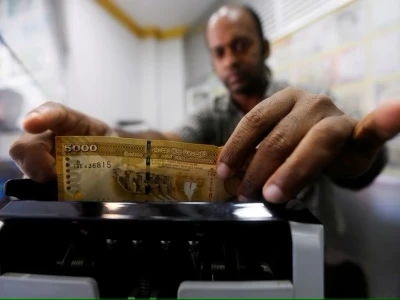
Sri Lanka surprises with 250 basis-point rate cut, signals rebound from crisis
The national inflation rate was at 33.6% in April, easing from 73.7% in September.
COLOMBO, June 1 (Reuters) - In a sign of confidence that the worst of Sri Lanka's financial crisis is over, its central bank surprised markets by cutting interest rates for the first time in three years on Thursday, signalling a change of course to fuel a rebound in the economy.
The South Asian island republic plunged into crisis last year as its foreign exchange reserves ran out, food and energy prices spiralled and protesting mobs forced the ouster of the country's then president.
President Ranil Wickremesinghe took the reins in July and negotiated a $2.9 billion bailout from the International Monetary Fund (IMF) in March.
In an address to the nation on Thursday, Wickremesinghe said Sri Lanka will work to cut government spending, boost foreign investment and create jobs as the country seeks to return to growth.
"The country's economy is gradually recovering from the crisis, thanks to correct policies including the collective efforts of the people."
Wickremsinghe outlined multiple reform measures including increasing exports, attracting international investors and restructuring loss-making state enterprises to put public finances in order and return to country to growth.
Inflation, which hit a record high of around 70% in September, is coming down, government revenues are looking up and pressure on the country's balance of payments is easing.
The government aims to complete talks to restructure its bilateral debt with other countries by September.
"This can possibly be seen as an end to the crisis," said Sanjeewa Fernando, a senior vice president at Asia Securities in Colombo.
The Central Bank of Sri Lanka (CBSL) cut its standing deposit facility rate and standing lending facility rate by 250 basis points - to 13% and 14%, respectively, from 15.5% and 16.5%. The central bank said the big rate cut would "help steer the economy towards a rebound phase."
Governor P. Nandalal Weerasinghe said the economy "was getting back to normalcy".
"Coming out of the crisis is gradual," he told reporters. "Cannot say yesterday, day before or tomorrow. It is a gradual recovery process."
While inflation has come down, it remains steep so most analysts had expected the bank to keep rates steady. The rates are now at their lowest level since March 2022, the start of the crisis.
The surprise decision was welcomed by markets, with the rupee rising to 288 against the dollar, its highest since April 2022 and the benchmark Colombo Stock Exchange index closing up 1.59%, lifting away from five-month lows.
The rate cut comes after the key Colombo Consumer Price Index rose 25.2% on year in May compared with 35.3% in April, reducing some stress on the crisis-hit economy.
The index peaked at a annual 69.8% surge in September last year. The national inflation rate was at 33.6% in April, easing from 73.7% in September.
SHIFTING GEARS
Analysts said with the CBSL having successfully dealt with the runaway inflation, it was turning its attention to growth.
The central bank raised rates by a record 950 basis points last year to tame inflation and by 100 bps on March 3 this year.
The IMF expects GDP to contract 3% this year after a 7.8% contraction last year. The CBSL has forecast a 2% contraction in 2023 and Weerasinghe said the bank expects the economy to grow from the third quarter onward after a small contraction in the second quarter.
"Hopefully banks will gradually expand their loan books and credit will start flowing into businesses and with that the economy will start to recover," Weerasinghe said.
Inflation is expected to moderate further, with Fernando at Asia Securities predicting a figure of 5% by year end.
The IMF has set Sri Lanka an inflation target of 15.2% for this year but the CBSL is eyeing a more ambitious target of single digit inflation by September which was clearly within reach, Weerasinghe said.
"Headline inflation is forecast to reach single-digit levels in early Q3-2023, and stabilise around mid-single digit levels over the medium term," the bank said.
It said faster deceleration of inflation and the lower probability of demand pressure during the economic rebound "creates space for a gradual policy relaxation in the period ahead."
Related
Related

Maldives economy on red alert; headed towards crisis

Sri Lanka's bondholders send debt rework proposal to government

Fortune teller sees bleak future as Sri Lankans celebrate newyear

